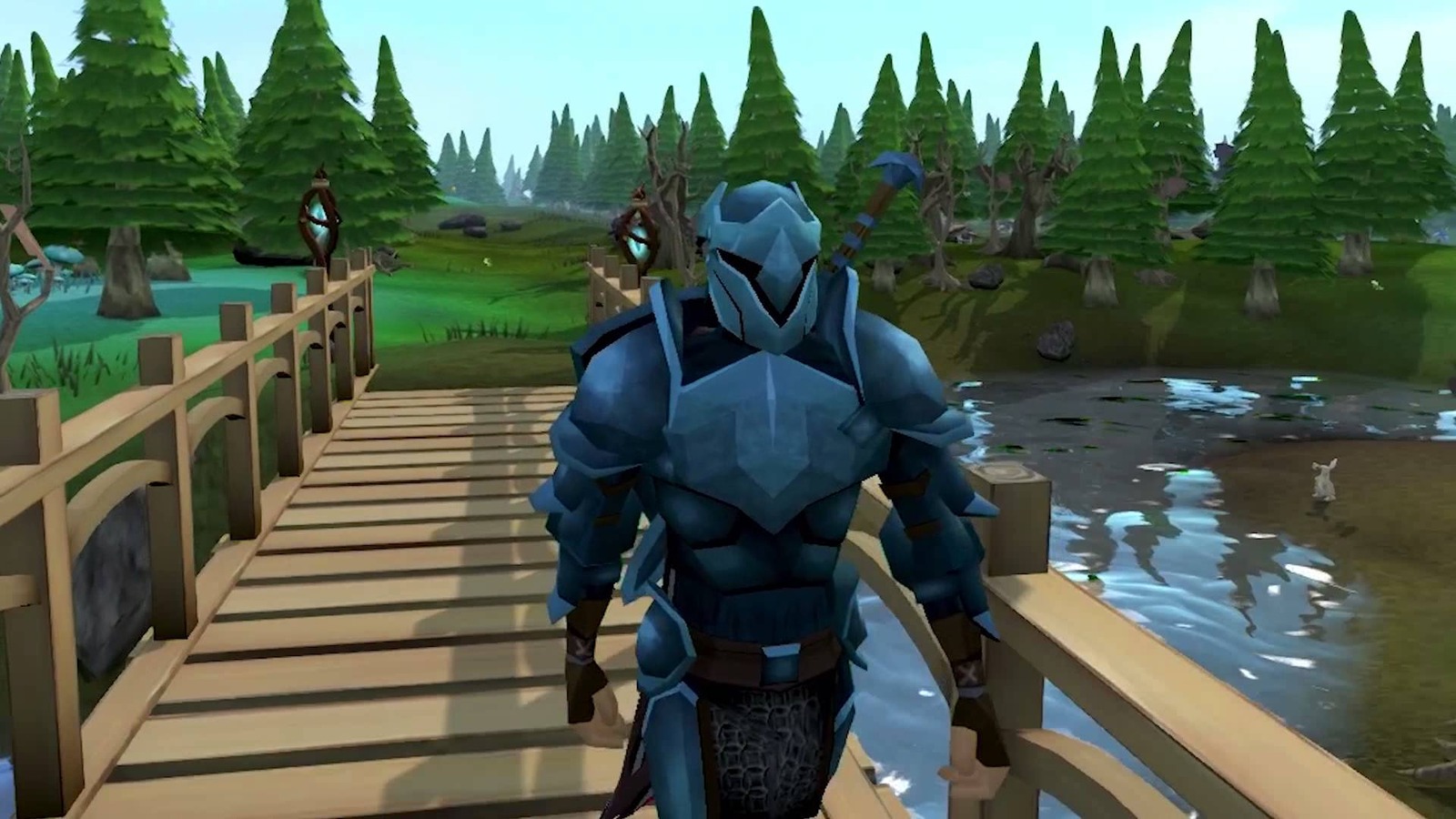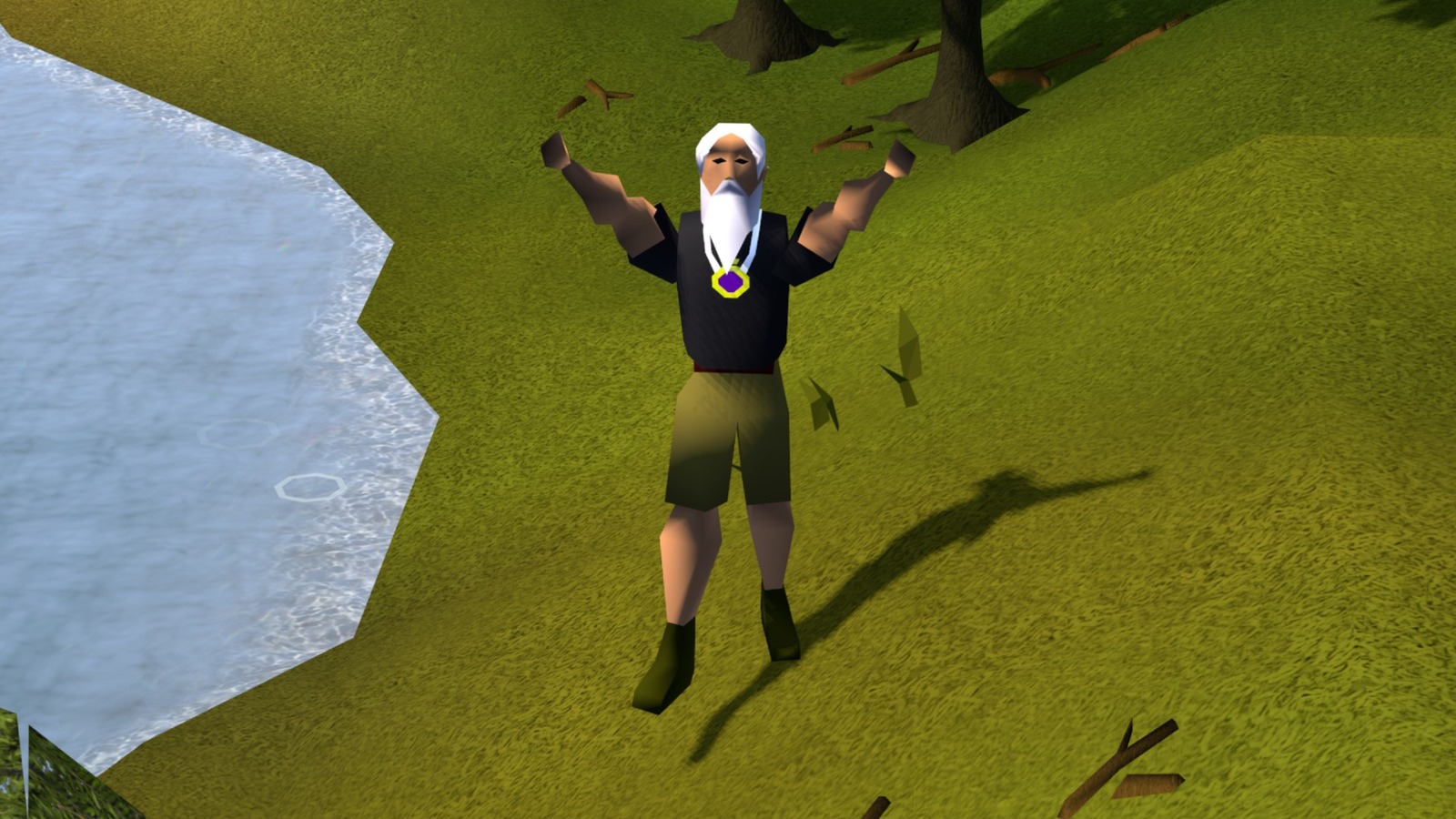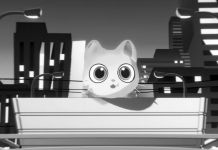From Launch To Life Support: RuneScape 3 Is 8x Less Popular Than Old School RuneScape
Jagex’s ambitious modernization of RuneScape lost its identity, while nostalgia prevails.

When RuneScape 3 launched in July 2013, Jagex billed it as a groundbreaking evolution of the most popular free-to-play MMORPG. For over a decade, RuneScape had been a cultural phenomenon — a browser-based sandbox game where millions of players honed their skills, battled dragons, and traded goods in bustling medieval towns. RuneScape 3 was meant to modernize that legacy with a sleek new engine, enhanced graphics, orchestral soundtracks, and more cinematic storytelling. It was a bold attempt to bring RuneScape into the modern age.
But a decade later, it is Old School RuneScape — its 2007 throwback sibling — that dominates, leaving RuneScape 3 in a strange limbo between relevance and survival.
RuneScape 3’s ambitions were enormous. It introduced the HTML5-based RuneTek engine, later evolving into the “NXT” client, which gave the game a graphical overhaul and a more fluid interface. The Evolution of Combat update, released a few months earlier in 2012, transformed the game’s famously simple click-and-wait combat into a modern, ability-based system akin to World of Warcraft. Players could dual-wield weapons, queue abilities, and engage in more action-oriented gameplay. In theory, this was good; a fresher, faster RuneScape built for the 2010s. In practice, it fractured the community. Many veteran players saw the Evolution of Combat update as a betrayal of what made RuneScape unique: its slow, methodical combat and grind-oriented progression.
The timing could not have been worse too. Around the same period, Jagex decided to re-release a backup of the game’s 2007 codebase as “Old School RuneScape” after an overwhelming amount of votes from the community. This was what they wanted after all this time. Not RuneScape 3. That version exploded in popularity almost immediately, attracting players who longed for the charm, simplicity, and balance of the pre-Evolution of Combat era.
While RuneScape 3 tried to become a modern MMO with flashy visuals and convenience features, Old School RuneScape embraced nostalgia and community-driven development, using player polls to decide every major update. The result was a stark split in philosophy: RuneScape 3 chased innovation, while Old School chased preservation. And as history shows, the latter strategy won. No contest.
For a while though, RuneScape 3 still thrived. The game received substantial content updates, from new high-level zones like Prifddinas and Menaphos to world events such as The Battle of Lumbridge. The NXT client’s improved performance allowed the game to move away from browsers entirely as an actual downloadable title. Jagex also expanded the story’s scope, pushing cinematic quests like “The World Wakes” and “Sliske’s Endgame.”

Yet beneath these updates, something began to erode player trust: monetization. Microtransactions, once limited to harmless cosmetics, became deeply entwined with progression. Treasure Hunter spins, promotional XP boosts, and “oddment” currencies started to dominate the experience. Players complained that RuneScape 3 had become “pay-to-skip” rather than “play-to-earn,” degrading the satisfaction of grinding for levels or rare drops.
Meanwhile, Old School RuneScape avoided most of these pitfalls. It kept monetization simple — membership access and optional bonds for in-game gold trading — and let the gameplay speak for itself. Old School RuneScape became a community-led success story. It developed its own rhythm, one that balanced nostalgia with careful innovation, like the introduction of new raids and skill expansions decided by community vote. RuneScape 3, by contrast, struggled with identity. It was neither classic nor cutting-edge, trapped in a weird in-between where its changes pleased neither camp fully. For every player who appreciated RuneScape 3’s complexity, there were ten who found it bloated and overdesigned.
The numbers reflect that reality too. As of 2025, Old School RuneScape regularly peaks above 200,000 concurrent players — roughly eight times the active population of RuneScape 3. On Steam charts and community metrics, RuneScape 3’s population has dwindled to tens of thousands. Do not get me wrong, that is a lot of players. The game is obviously very much still alive and active. Its community remains loyal but smaller and older. Even Jagex’s leadership has acknowledged that RuneScape 3’s reputation has suffered. The studio’s new CEO has publicly vowed to rebuild trust and reduce over-reliance on microtransactions, promising a “new era” for the franchise. Is it too late though?
RuneScape 3’s decline is a lesson in identity. In trying to modernize, Jagex abandoned the simplicity and charm that once defined its success. The same features meant to make RuneScape 3 appeal to a broader audience — streamlined progression, elaborate visuals, monetized boosts — alienated its most dedicated fans. By contrast, Old School RuneScape’s refusal to change too much became its greatest strength. It proved that nostalgia, transparency, and community control can outlast unnecessary modern reinvention. If it is not broken, do not fix it.
Today, RuneScape 3 still endures, but does not exactly thrive. Its servers hum quietly, its updates roll out steadily, and its devoted player base remains active. Yet, no one talks about it. Because Old School RuneScape exists, and it is better. The numbers do not lie.
Related Articles
About the Author

Matthew “dinofries” D'Onofrio is a writer, content creator, podcaster and — most importantly — a gamer. With such a strong passion for video games and a severe case of FOMO, it's no surprise he always has his finger on the pulse of the gaming world. On the rare occasion Matt's away from a screen, you'll find him strumming away on his acoustic guitar or taking care of his cat Totoro.
More Stories by Matthew D'OnofrioRead Next

The battle between Blizzard and Turtle WoW reignites a long-standing debate...
You May Enjoy

The second expansion in the Year of Prophecy brings element from the sci-fi franchise to the game.

Yes, that does include cross-play and cross-progression.

Test participants will receive rewards they can take into the live game.

The World War II game will feature historically grounded missions and campaigns.
Discussion (0)